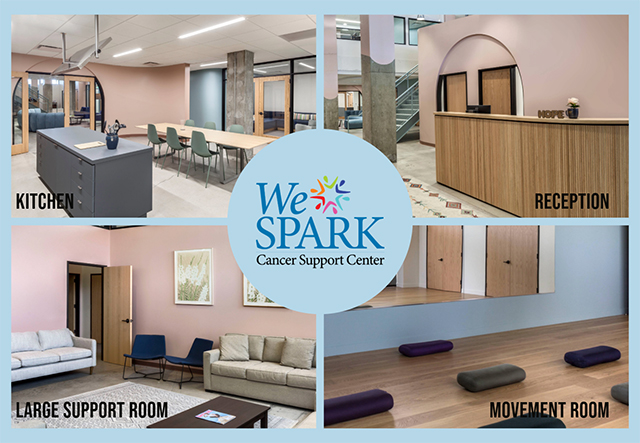Public Health Risks Of Radon
Lung cancer kills thousands of Americans every year. Smoking, radon, and secondhand smoke are the leading causes of lung cancer.
Although lung cancer can be treated, the survival rate is one of the lowest for those with cancer.From the time of diagnosis, between 11 and 15 percent of those afflicted will live beyond five years, depending upon demographic factors. In many cases lung cancer can be prevented.Radon is a form of ionizing radiation and a proven carcinogen.EPA estimates that about 20,000 lung cancer deaths each year in the U.S. are radon-related. 85% of radon-induced lung cancer die within 4-5 years of diagnosis.Lung cancer is the only known effect on human health from exposure to radon in air.Two studies show definitive evidence of an association between residential radon exposure and lung cancer.The two studies, a North American study and a European study, both combined data from several previous residential studies.These two studies go a step beyond earlier findings. They confirm the radon health risks predicted by occupational studies of underground miner’s who breathed radon for a period of years. Early in the debate about radon-related risks, some researchers questioned whether occupational studies could be used to calculate risks from exposure to radon in the home environment.“These findings effectively end any doubts about the risks to Americans of having radon in their homes,” said Tom Kelly, Former Director of EPA’s Indoor Environments Division. “We know that radon is a carcinogen. This research confirms that breathing low levels of radon can lead to lung cancer.”In an effort to reduce the rate of lung cancer around the world, the World Health Organization (WHO) launched an international radon project to help countries increase awareness, collect data and encourage action to reduce radon-related risks.The U.S. EPA is one of several government agencies and countries supporting this initiative and is encouraged by WHO’s attention to this important public health issue."Radon poses an easily reducible health risk to populations all over the world, but has not up to now received widespread attention," said Dr. Michael Repacholi, coordinator of WHO’s Radiation and Environmental Health Unit. He went on to say that "radon in our homes is the main source of exposure to ionizing radiation, and accounts for 50% of the public’s exposure to naturally-occurring sources of radiation in many countries."Early lung cancer may not cause any symptoms. Many times, lung cancer is found when an x-ray is done for another reason.Symptoms depend on the specific type of cancer you have, but may include:
- Cough that doesn't go away
- Coughing up blood
- Shortness of breath
- Wheezing
- Chest pain
- Loss of appetite
- Losing weight without trying
- Fatigue
These symptoms can also be due to other, less serious conditions, so it is important to talk to your health care provider.
Information from www.epa.gov






















